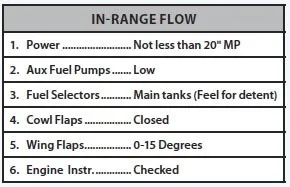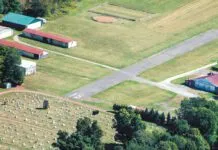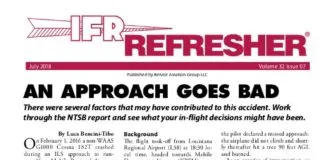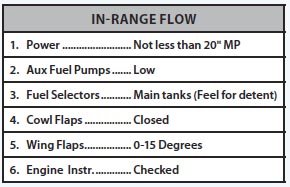
Flow of actions verified by checklist is a common system even in the airline cockpit, but it’s possibly even more useful in single-pilot IFR. Advantage one is that the flow gets critical tasks done quickly, in an efficient path and with a low error rate. Verification by checklist is to drop that error rate to near zero. But in the real world of rushed approaches or changing plans, a flow means that even if you run out of time to verify, you still probably got it covered.
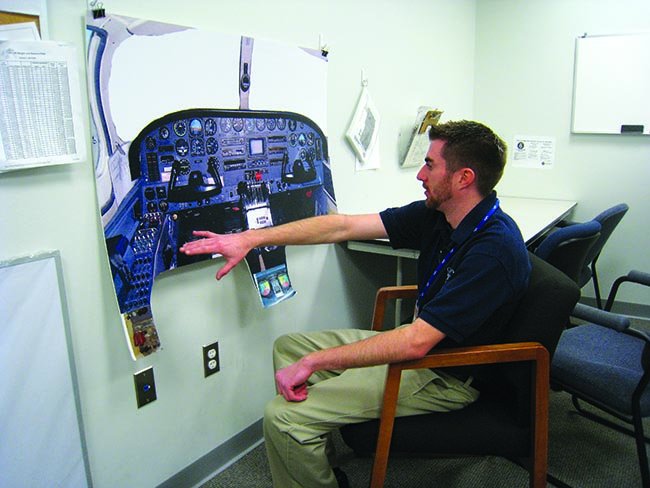
Using a flow for all phases of flight also forces a certain standardization of actions that we know improves performance by removing variables.
Obviously there are emergency procedure flows (which must be practiced regularly to keep them in working memory). But you can also have flows for things like approach briefings. Cape Air’s briefing flow is flexible but they highlight the “minimum items”: Verify it’s the correct approach; the TDZE/airport elevation; final approach course; final approach fix; pilot-controlled lighting; MDA/DA; MAP and hold.
It’s not just a checklist that can support a flow. Setting the power can be done from memory, but backed up by a chart of baseline settings. Prep for a single-engine approach can be backed up with a profile. —JVW

